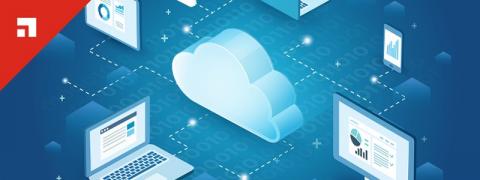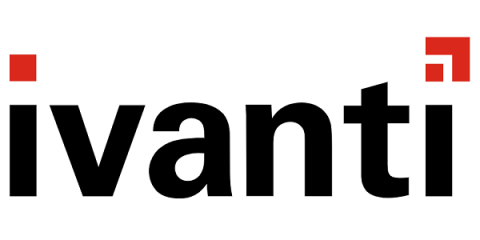8 Video Call Tips for Working Remotely
We've all been there. It's early in the morning and you're jumping on a call. But you forgot it was a video call, and you also forgot to cover your webcam before joining. So now everyone knows you as the person who wears cheetah pajamas and has a serious case of bed head. Not ideal. Luckily practice makes perfect, and with the upcoming weeks of remote working, we gathered a few video call tips from body language expert, Vanessa Van Edwards.







